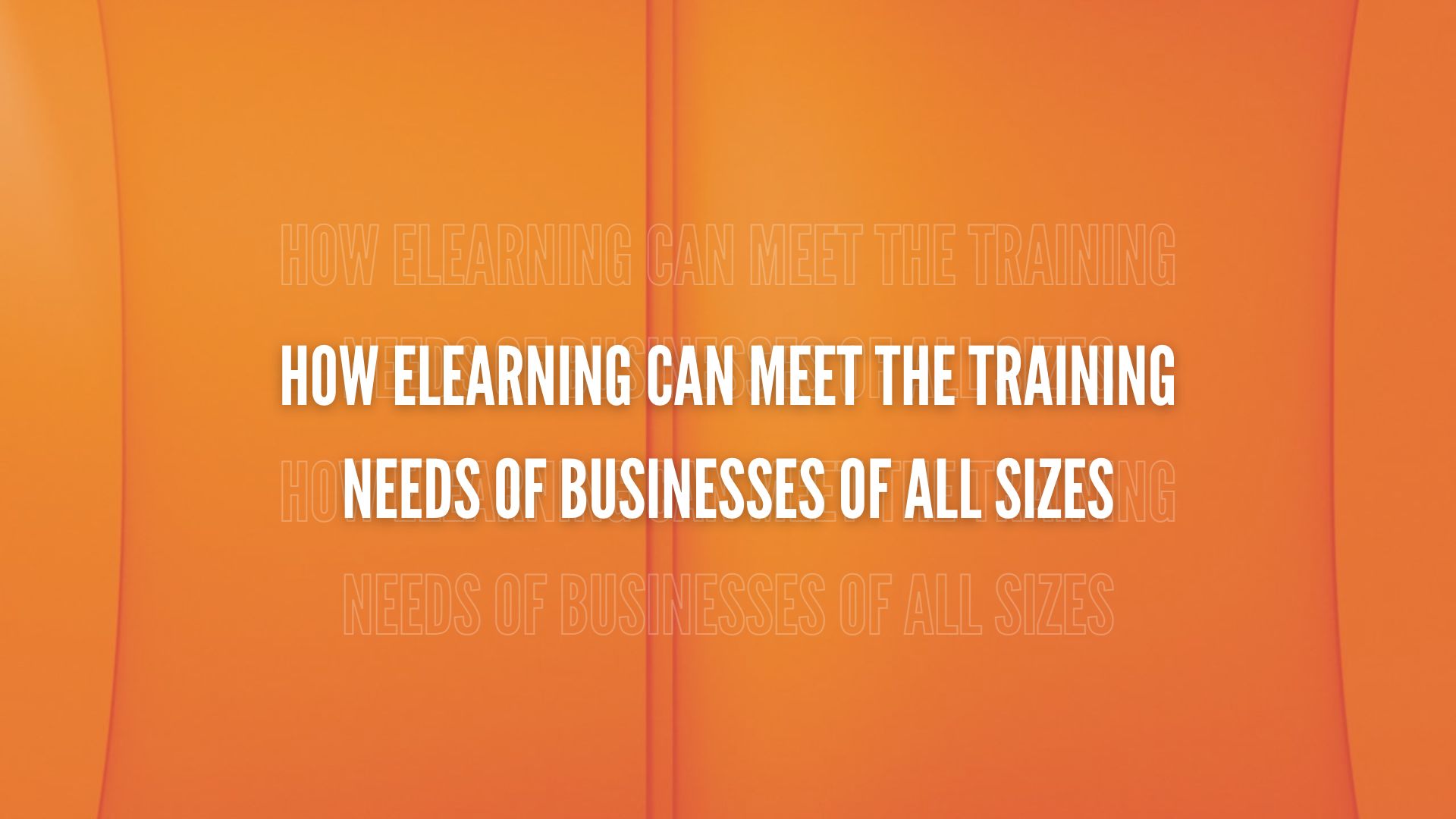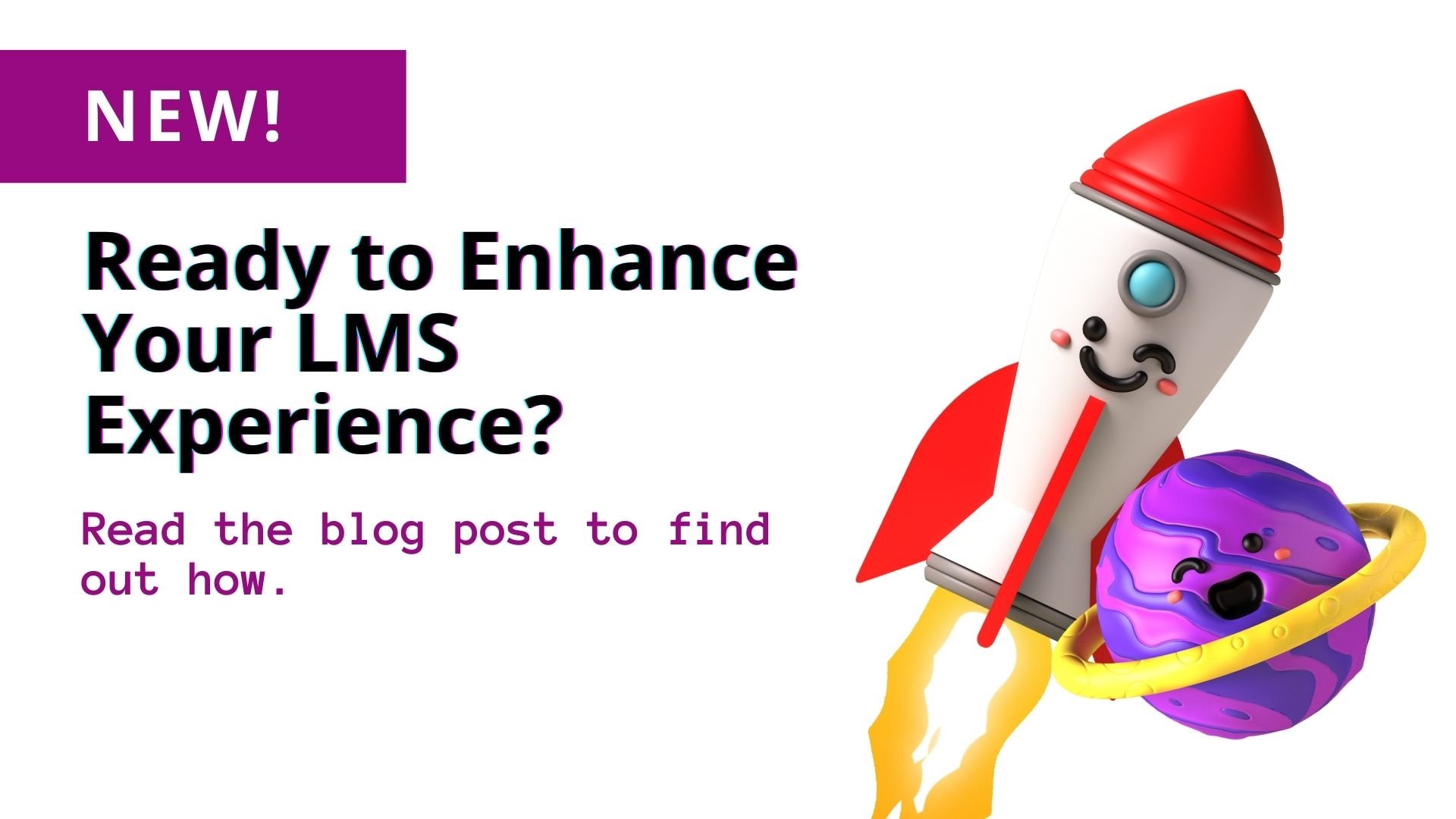Frontline workers, or essential workers, have been serving tirelessly throughout the COVID-19 pandemic. Statista reported that there were 31.67 million frontline workers in the U.S. in 2020, and that of these essential workers, 16.1 million worked in healthcare.1 Other essential workers often work in:
- Schools
- Grocery, convenience, and drug stores
- Social services
- Childcare
- Public transportation
- Building-cleaning services
- Warehousing, trucking, and postal service
This is not an exhaustive list of industries that essential employees work in.
Brookings referred to essential workers as those who physically report to their jobs despite health risks. “...DHS (Department of Homeland Security) has regularly updated their federal guidance on which work activities would qualify as essential during the COVID-19 pandemic,” the source stated.2 “Borrowing from their terminology, we define ‘essential industries’ as businesses, organizations, and government agencies whose functions are critical to public health, safety, and economic and national security.”
Even during the toughest parts of the pandemic, essential employees continued working. Many put (and continue to put) themselves in harm’s way in order to deliver critical services to others. Essential employees deserve the best training that organizations have to offer. With a few tips, your organization can effectively train frontline workers and help them stay safe, skilled, and compliant.
4 Tips for Effectively Training Frontline Workers
Do you want to ensure your frontline workers are safe and equipped to function well in their job roles this year? If so, give these tips a try:
1) Offer remote training options - One of the best things you can do to ensure your frontline workers constantly have access to the training they need is to make training remote. Although frontline workers often must show up to their job physically, that doesn’t mean training should take place in a classroom. To promote safety and enable frontline workers to train when it is convenient for them, implement remote training.
It’s also important to make training accessible via mobile device, not just laptop or tablet. This can make the difference between an essential worker completing a compliance training course on time or not. With mobile learning, frontline workers can participate in training anywhere they have internet access, at any time. Training Industry stated,
“Training frontline workers looks different than training a group of office workers, middle managers or C-suite executives. Frontline employees often work long, unpredictable hours and have little time (or bandwidth) for learning. As such, frontline training is best delivered in brief, manageable chunks in an easily accessible format, such as mobile learning, asynchronous eLearning or video.”3
Additionally, microlearning can help frontline workers train on the job (during breaks, for example), per Training Industry. The source recommended that training be made available in a variety of languages to increase accessibility and explained that training should not require learners to have vast technical or numeracy skills.
To deliver remote/mobile training, it’s vital to implement the right remote training platform for your organization.
2) Implement the right remote training platform - To deliver remote training, you need a remote training platform, such as a learning management system (LMS). These platforms are designed to enable organizations across a variety of industries to deploy training quickly and manage it easily. But every remote training platform isn’t the same. If you want to effectively train frontline workers, it’s important to choose the right platform for your organization.
When seeking a remote training platform, there are several features that are particularly important. Mobile learning, discussed earlier, is one. Mobile learning allows you to make online courses available on any mobile device that has internet access. Another feature that is essential to the success of a remote training platform is social learning. Social learning tools keep employees connected by giving them access to realtime chat, web conferencing, community forums, and more.
Content support is another key feature to look for in a remote training platform. TOPYX remote training platform is content-agnostic for documents, audio, video, SCORM, xAPI, and LTI. With TOPYX, you can use your own content, buy it from TOPYX, or use third-party vendors. Any combination of content will work.
TOPYX remote training platform has built-in functionality to use documents, audio, and video, along with a quiz and assignment tool. As a one-stop shop, TOPYX has a full spectrum of award-winning LMS features that can save you time and money. TOPYX partners with dominKnow to offer further capabilities for users to include their content catalog. This additional service provides access to detailed LMS content creation and authoring tools that are easy to use and integrate seamlessly with the learning management system features.
Learn more about the TOPYX LMS content management feature and how it can help you train your essential workers.
Other TOPYX LMS features that are equally important to remote training success include microlearning, blended learning, LMS integrations, learning catalog and course management, LMS reporting, personalized branding, and more.
Interested in TOPYX? Request a free LMS demo.
3) Offer soft-skills training - Frontline workers shouldn’t just receive technical training. Soft-skills training is just as important for them to succeed in their job roles. For example, customer service is a soft skill that all essential workers must have. It’s a good idea to add a customer service training course to your frontline workers’ learning paths if you haven’t already. If this course is not relevant to someone’s job role, swap it out for a soft-skills course that is, such as leadership or conflict resolution. You’ll likely save money by purchasing soft-skills courses from a third-party vendor in lieu of creating them from scratch.
Another example of a soft-skills training course that would benefit an essential worker is resilience training. Resilience training can help prevent overwhelm and burnout and preserve the emotional health of frontline workers. “Resilience training focuses on four areas, including emotional, cognitive and mental, physical, and spiritual resilience,” explained the Mayo Clinic.4 “Training in these areas can improve your resiliency, enhance your quality of life, and decrease your stress and anxiety by teaching you to view life's inevitable challenges as opportunities.”
In the article Combating Burnout in Frontline Workers: The clinical case for resilience training, Physicians Practice listed a few of the effects of stress.5 According to Physicians Practice, they include burnout, cardiovascular disease, exacerbation of autoimmune disease, upper respiratory disease, diabetes, weight gain, gastrointestinal disorders, insomnia, headaches, irritable bowel syndrome, and back pain. A contributor wrote,
“Resilience training programs…with an innovative integration of cognitive behavioral models and mindfulness exercises, are commercially available to help high stress clinical teams build resilience to reduce burnout, improve decision-making, communication and performance.”
Resilience training would benefit just about any type of essential worker. Talk to your L&D team to see where this type of training would fit into a worker’s online learning path.
4) Provide a robust onboarding program - Effective onboarding is key for essential workers to be successful. It is also related to their retention. “Research from Glassdoor shows that organizations with strong onboarding practices improve employee retention by 82% and productivity by more than 70%,” explained the Harvard Business Review.6 Since most organizations cannot afford to lose frontline workers, they should make onboarding a priority.
Today, many companies aren’t offering in-person onboarding. They are instead opting for remote onboarding, or a blended onboarding program. Regardless of their mode of training, organizations must ensure their onboarding program is robust and meets the needs of new essential workers.
There are a few common roadblocks that prevent onboarding from being effective. They include but aren’t limited to:
- Slow pace of training
- COVID-19 protocols
- Inefficient communication
- A dispersed workforce
- Poor engagement
With a remote training platform, you can deploy onboarding programs via online learning paths that will increase the speed at which learners complete them. COVID-19 protocols can be navigated by offering onboarding programs remotely. Inefficient communication ceases to be an issue with a remote training platform rich in communication tools like email, real-time chat, calendaring, and web conferencing.
Also, a remote training platform is perfect for a dispersed workforce as it enables employers to remotely train employees. Not to mention online/remote training tends to be more engaging for new hires than in-person training. This means a remote training platform, such as an LMS, provides solutions to any challenges new hires may face during onboarding.
“Companies often overlook the importance of onboarding and consequently find themselves with demotivated employees and high turnover,” stated Connecteam.7 “A shocking 28% of employees leave in the first three months.”
By prioritizing onboarding and using a remote training platform to create and deliver onboarding programs, organizations have a better chance of retaining their essential workers and giving them the knowledge and skills they need to do well right from the start.
During the pandemic, TOPYX LMS helped Convey Health Solutions automate compliance training, speed up onboarding, and build a strong company culture of learning. Learn more by downloading the Convey Case Study.
Train Your Frontline Workers with TOPYX Remote Training Platform
Looking for a remote training platform that will enable you to deliver comprehensive online training to your entire workforce, including frontline workers? If so, TOPYX LMS is for you.
TOPYX makes it easy to keep all of your workers, including your essential workers, compliant and properly skilled. With TOPYX, you can offer mobile learning options, deliver the soft-skills training frontline workers need most, effectively onboard new essential workers, and more.
Ready to start training your frontline workers in a matter of days? Check out the TOPYX Quick Start Program.
References:
1) Statista. https://www.statista.com/statistics/1221781/us-number-frontline-workers-industry/
2) Brookings. https://www.brookings.edu/research/to-protect-frontline-workers-during-and-after-covid-19-we-must-define-who-they-are/
3) Training Industry. https://trainingindustry.com/articles/workforce-development/the-current-state-of-frontline-training-an-inside-look/
5) Physicians Practice. https://www.physicianspractice.com/view/combating-burnout-in-frontline-workers-the-clinical-case-for-resilience-training
6) References. https://hbr.org/2021/06/how-to-re-onboard-employees-who-started-remotely
7. Connecteam. https://connecteam.com/tips-for-effective-frontline-employee-onboarding/





